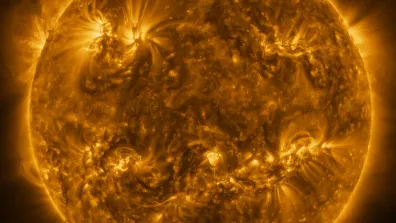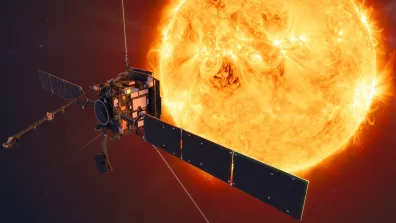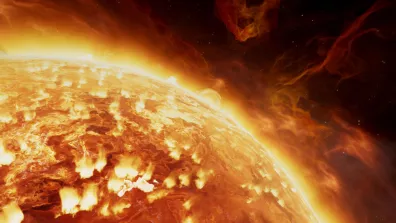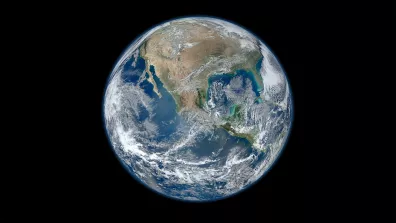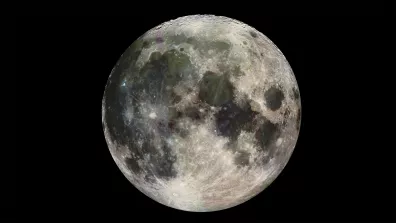Without it, you wouldn’t be reading these lines now. Because our Sun is what enabled life to emerge on Earth. It provides us with light and heat. But the closest star to Earth is also a giant, fitful ball of gas with unpredictable moods. Don your protective glasses and follow the light!
What is the Sun?
The Sun is a star—our star—at the centre of our solar system. Spanning 1.4 million kilometres and 110 times larger than Earth, it concentrates alone 99.9% of the solar system’s total mass.
- Nuclear fusion
The Sun is a ginormous ball of mostly hydrogen and helium gas. It’s a bit like a huge nuclear fusion reactor fuelled by hydrogen. At its core, due to gravity pulling in all matter, pressure and temperature—15 million degrees—are so high that they cause hydrogen atoms to collide and fuse together, forming helium and releasing energy as they do so. Each second, the Sun burns 620 million tonnes of hydrogen. The energy thus generated in the core subsequently takes a million years to reach the surface, where it’s expelled as radiation.
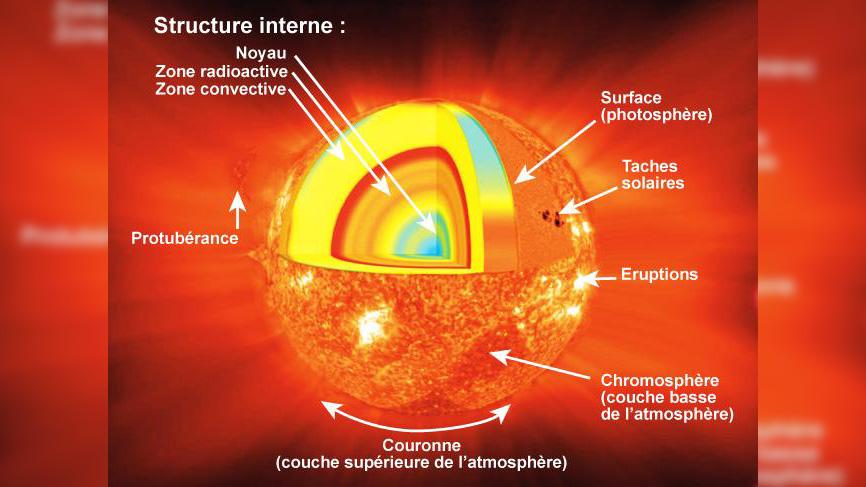
- Layers of varying temperature
The Sun is made up of layers. The radiative zone extending out from the core carries heat towards the surface. This zone represents 70% of the star’s total radius. The next layer is the convective zone, characterized by constant bulk motions of gas. And lastly, the surface, 400 kilometres thick, is called the photosphere. This is where the Sun’s radiation comes from. As we move outwards from the core, temperature and pressure fall: at the surface, the temperature is a relatively “cooler” 5,800°C.
The Sun is also wrapped in an atmosphere divided into two layers: the closest to the surface, the chromosphere, and the corona, which extends outwards for 10 million kilometres and is diluted as it expands into the increasing volume of space. The strange thing is that inside the corona, the temperature shoots back up to two million degrees, something that scientists have so far struggled to explain.
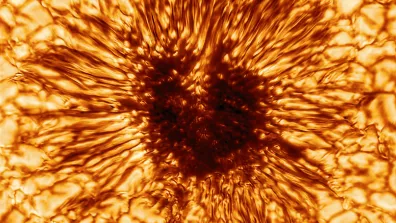
- Life and death of the Sun
The Sun has been burning the hydrogen of which it is made since being formed 4.6 billion years ago. Half of this “fuel” has been consumed, so the Sun is halfway through its life. Our star’s demise is likely to be pretty spectacular, as it swells and becomes a red giant, 250 times its current size, engulfing Mercury, Venus and Earth. Then, when all of its hydrogen runs out, it will collapse on itself under its own gravity and very slowly cool. The Sun will gradually become a star remnant known as a white dwarf.
- Multi-colour rays
Like all stars, the Sun emits light—or rather, electromagnetic waves of different wavelengths and energy: radio waves, infrared and ultraviolet light, X-rays, gamma rays and more. And of course white light visible to the human eye.
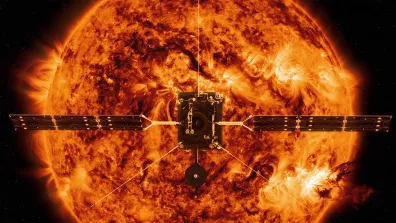
- A temperamental star
The Sun also constantly spews out matter in the form of charged particles that we call the solar wind. And sometimes, solar storms send flares and ejections hurtling hundreds of thousands of kilometres into space. Such manifestations follow a repeating cycle that peaks every 11 years. In 2024, the Sun reached the peak of its 25th cycle since 1755, when extensive recording of solar sunspot activity began.
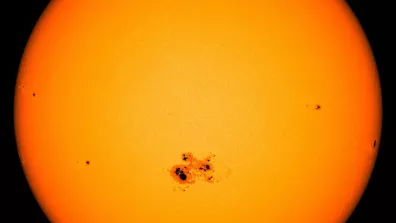
The mystery star
The only star observed by astronomers in daytime, the Sun has been surveyed and studied for millennia, but it still holds its share of secrets.
- A star relied on since ancient times…
Humankind has always lived with the Sun, which enabled life to emerge and thrive on Earth. Representations of the Sun have been found dating back to pre-history (around 15,000 BCE). It has been and still is an object of worship, as in the Egyptian, Indian and Inca civilizations.
The Sun is also an ancestral way of measuring the passage of time. The 365 days of our calendar year mark the time it takes Earth to circle the Sun, while the 24 hours in each day are how long it takes the Sun to move through the sky (although it’s obviously Earth that rotates on its course around the Sun).
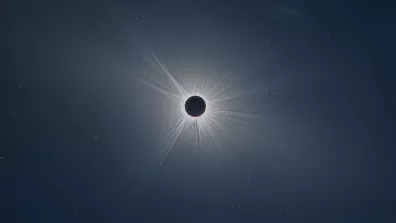
- Studied in Antiquity…
Studied since Antiquity, the Sun has revealed its features over the centuries and as technology has progressed. In the 17th century, Galileo discovered through his rudimentary telescope that its surface isn’t smooth. By the 18th century, we had developed a fuller understanding of its atmosphere. Then in the 20th century, advances in atomic physics uncovered the nuclear reactions going on inside the Sun’s core. The Sun is still being studied today, notably from space, with more than 20 dedicated missions since the 1960s. Here are just a few of them:
- Cluster: European probe to study interactions of the solar wind with Earth’s magnetic field
- SOHO: solar space observatory (NASA-ESA) launched in 1995 to investigate the structure of the Sun and its corona
- Picard: scientific microsatellite developed by CNES that acquired more than a million pictures between 2010 and 2014
- Launched in 2018, the U.S. Parker Solar Probe will approach the Sun in 2025, coming to within six million kilometres—actually quite close—to recover samples of the solar wind
- Solar Orbiter, a European satellite launched in 2020 to study the processes driving the solar wind and magnetic field
- But still shrouded in mystery...
The Sun still holds some secrets. For example, why is its corona so hot? And even though we know the solar cycle is related to the Sun’s magnetic field, certain mechanisms remain unexplained. So scientists are eagerly awaiting data from current and future missions like Solar Orbiter and Parker Solar Probe.
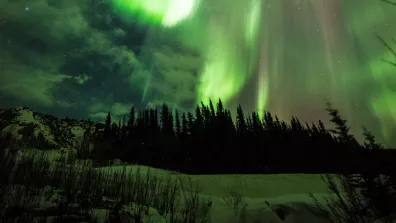
Quiz
During peaks in solar activity, dark spots—some spanning hundreds of thousands of kilometres—appear on the Sun’s surface. What are they?


